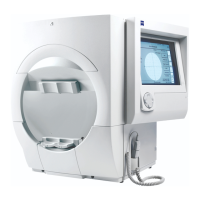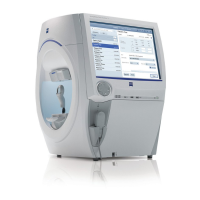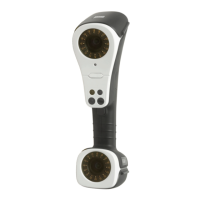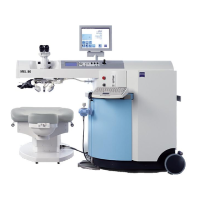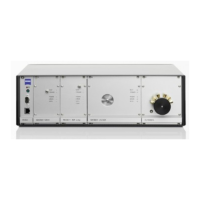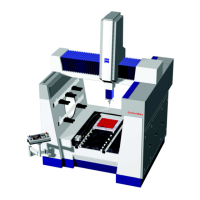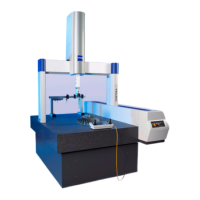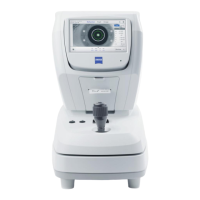Humphrey Field Analyzer II-
i
series User Manual 2660021145640 A
SITA Normative and GPA Databases
K-5
GPA Database
The GPA database consists of data
from subjects that had been previously diagnosed with
glaucoma. Results from nine centers were incorporated into the GPA database. Ages ranged from 16
to 89. Each subject was tested four times: once a week over a four-week period. Because the retest
period was short, variability was expected to be due to inter-test variation and not progression of
the disease.
Inclusion Criteria
• Males or females over the age of consent in the coun
try in which the testing was done, or had
clear parental consent.
• Subjects had to be capable of providing informed
consent and be willing to make all the
necessary study visits (four within one month).
• Visual acuity of 20/30 or better.
• Subjects had to have experience with automated thr
eshold perimetry. Each subject must have
been tested on at least two prior occasions on the Humphrey perimeter.
• Pre-test Mean Deviation (MD) must have been
better than -20dB.
Subjects needed a clear diagnosis of g
laucoma in the institution being used as the study site. It was
not necessary that there be established visual field loss. Some eyes were allowed to be enrolled
where earlier visual field tests had been normal or questionable, but where optic nerve and other
findings clearly indicated that the eye was glaucomatous. In eyes with normal visual fields, it was
required that the fellow eye had a diagnosis of glaucoma, with established field loss.
The investigator was allowed to choose which eye of the subject
to test. This option was to facilitate
obtaining a reasonable number of subjects with various stages of visual field loss.
Exclusion Criteria
• Fewer than 4 completed visits.
• Wrong eye tested or not alw
ays the same eye tested.
• MD worse than -20dB.
• Subject unable or unwilling to complete testing.
• Incorrect test pattern or strategy.
• Pronounced trial lens rim defect at one or more visits.
• Visual field loss confirmed to be due to r
easons other than glaucoma (e.g. quadrantanopia or
clover leaf pattern artifact).
Data Collection
Each database had a different number of visits and
tests to complete to qualify subjects into the
final study data.
SITA Normative:
One eye was chosen to be the study eye based on the subject's ID number. The sequence of testing was
randomized between subjects. A rest period of 15 minutes was required between each test. All visits
were completed within 8 weeks. The testing protocol for the SITA normative data collection consisted of:
Visit #1:
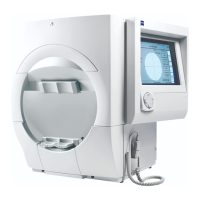
